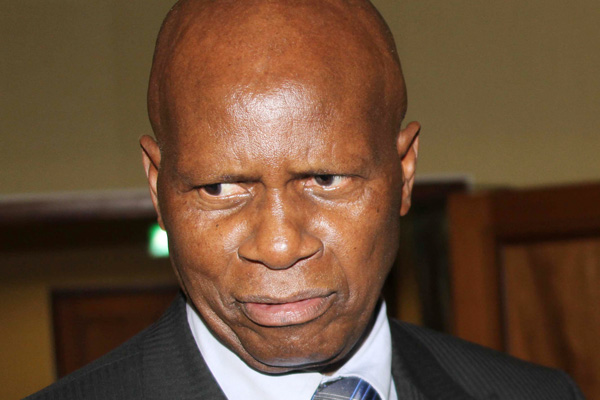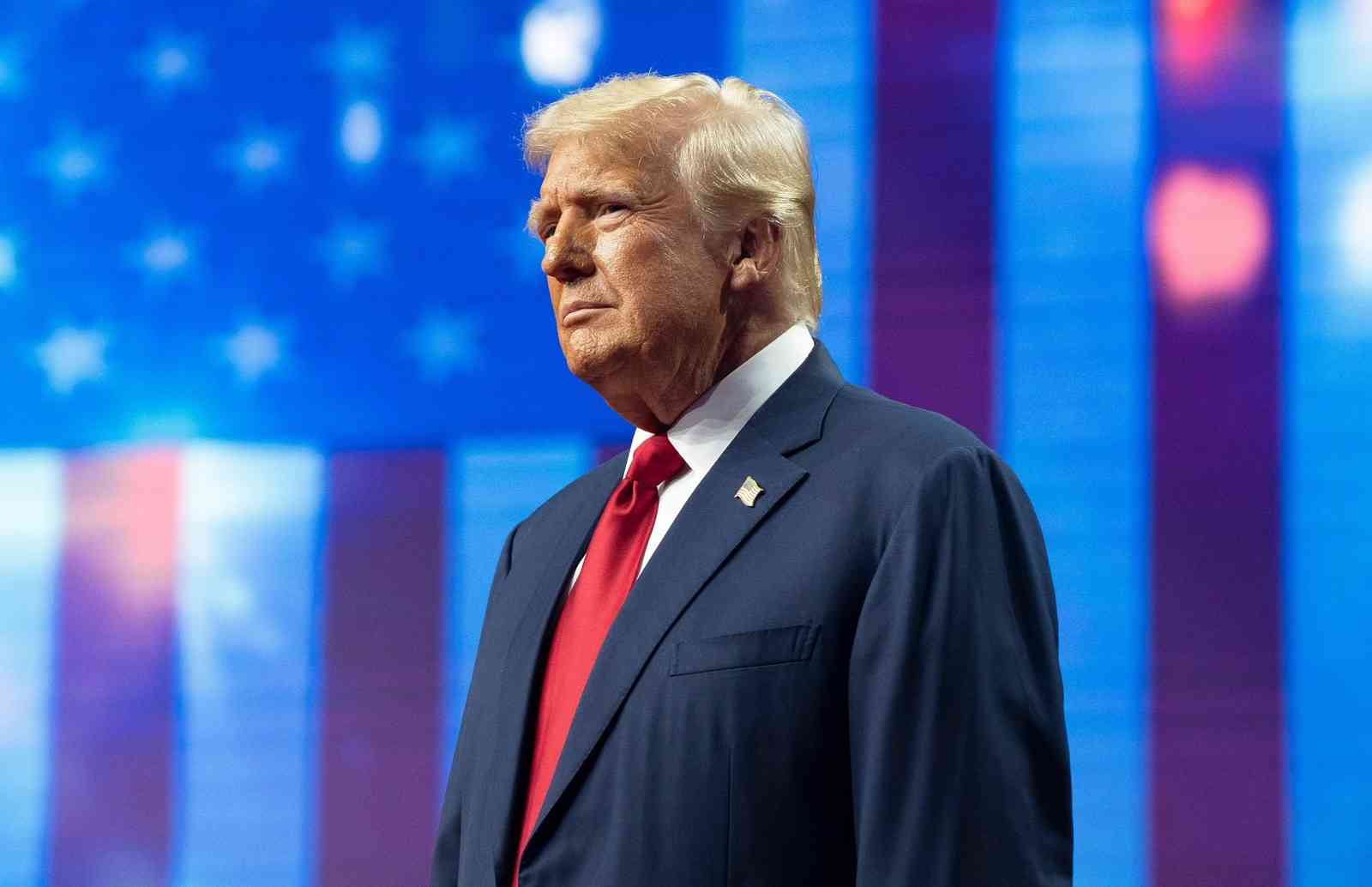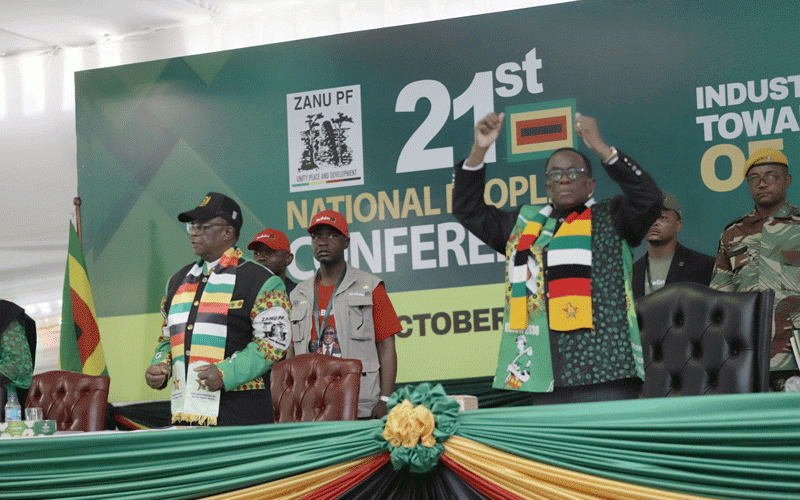
Technical assessment teams from the World Bank and the African Development Bank (AfDB) will visit Zimbabwe to vet its arrears clearance plan as the country moves to clear its debts and unlock fresh capital to reboot the economy.
BY NDAMU SANDU in LUSAKA, Zambia
Zimbabwe owes the three preferred creditors — the International Monetary Fund (IMF), World Bank and AfDB — a combined $1,8 billion, which it promised to clear in the first step to extinguish the country’s nearly $10 billion debt.
The pending visits come after Zimbabwe presented its term sheets on how it planned to clear the arrears on the sidelines of the AfDB annual meetings in Lusaka, Zambia on Friday. The meeting, convened by AfDB, was attended by Zimbabwe’s creditors.
Finance minister Patrick Chinamasa told journalists after the closed door meeting that the Friday indaba gave thumbs up to Zimbabwe’s reform agenda, imploring the country “to proceed more ambitiously on that journey to reform our economy so that we will be able to restore macro-economic stability”.
“We were able at this meeting to provide AfDB and the World Bank term sheets on how we are going to clear the arrears. They are going to conduct technical assessments on those term sheets and we should be able to get feedback in the next week or so,” Chinamasa said.
According to an arrears and debt clearance plan presented on the sidelines of the IMF/World Bank annual meeting last year, Zimbabwe said it would get a bridge loan facility arranged by its debt advisors, the African Export-Import Bank, to clear its outstanding arrears to AfDB ($585 million) and African Development Fund ($16 million).
The bridge loan would be repaid using inflows from the Fragile State Facility of the AfDB. The second phase entailed using government’s Special Drawing Rights holdings to clear the $110 million owed to IMF.
- Chamisa under fire over US$120K donation
- Mavhunga puts DeMbare into Chibuku quarterfinals
- Pension funds bet on Cabora Bassa oilfields
- Councils defy govt fire tender directive
Keep Reading
Zimbabwe said it would use a medium to long-term loan to clear its $1,1 billion arrears to the World Bank Group. It said the loan would have a tenure of 10 to 15 years at an interest rate of 5-7% per annum. It would be repaid as a bullet payment, that is, the entire loan plus interest are payable at the end of the loan tenure.
Zimbabwe owes the International Bank of Reconstruction and Development (IBRD) $896 million. A unit of the World Bank Group, IBRD provides loans and assistance to middle income countries. It also owes the International Development Association (IDA) $218 million. IDA is a World Bank unit which helps the world’s poorest countries.
Chinamasa said the board of the three institutions would meet in September to adopt the arrears clearance strategy.
“Come September, all things being equal, arrears will be cleared,” Chinamasa said.
He said once the arrears were cleared, Zimbabwe would engage the Paris Club and other bilateral creditors.
“We think that the strong endorsement that we are getting will form a solid basis for our engagement with the Paris Club creditors,” Chinamasa said.
The debt clearance strategy would be supported by bold policy reform measures aimed at debt sustainability and improving the socio-economic environment.
Cheap financing from multilateral financial institutions has eluded Zimbabwe over the years after the country gained notoriety as a bad debtor. This has seen Zimbabwe failing to get cheap long-term funding required in the economy.










